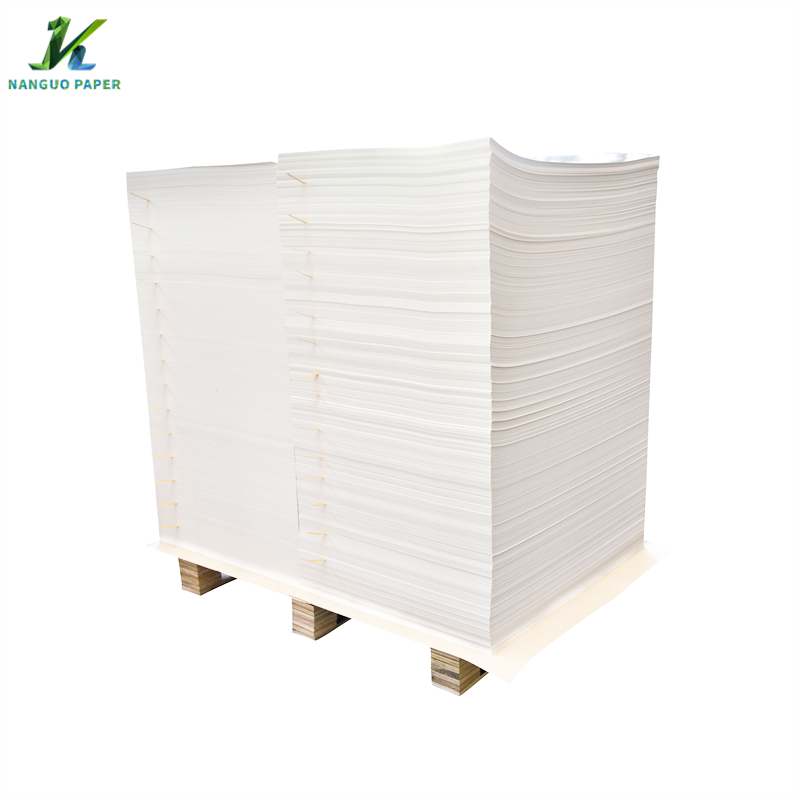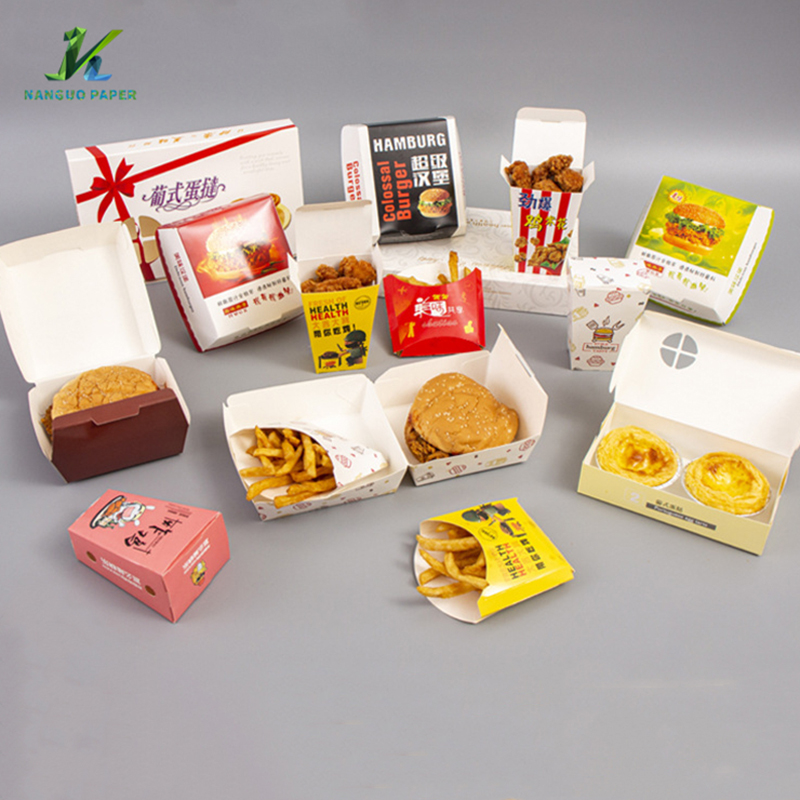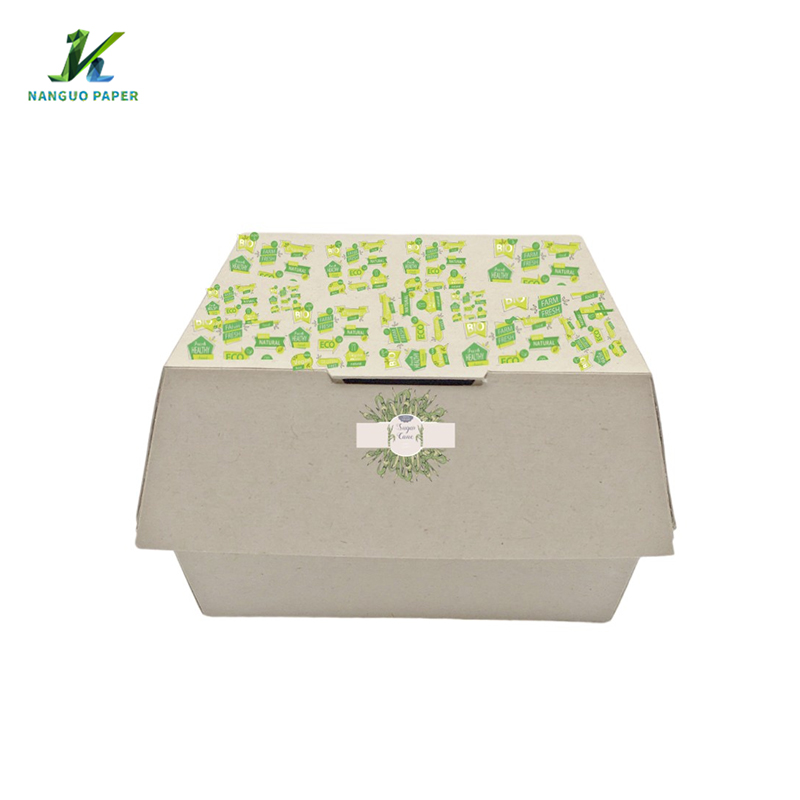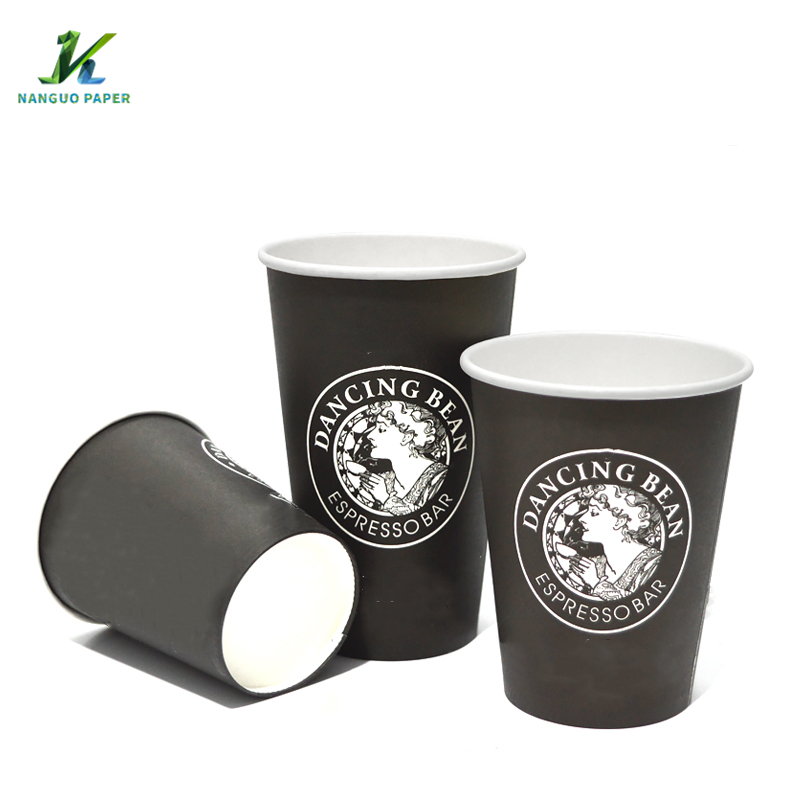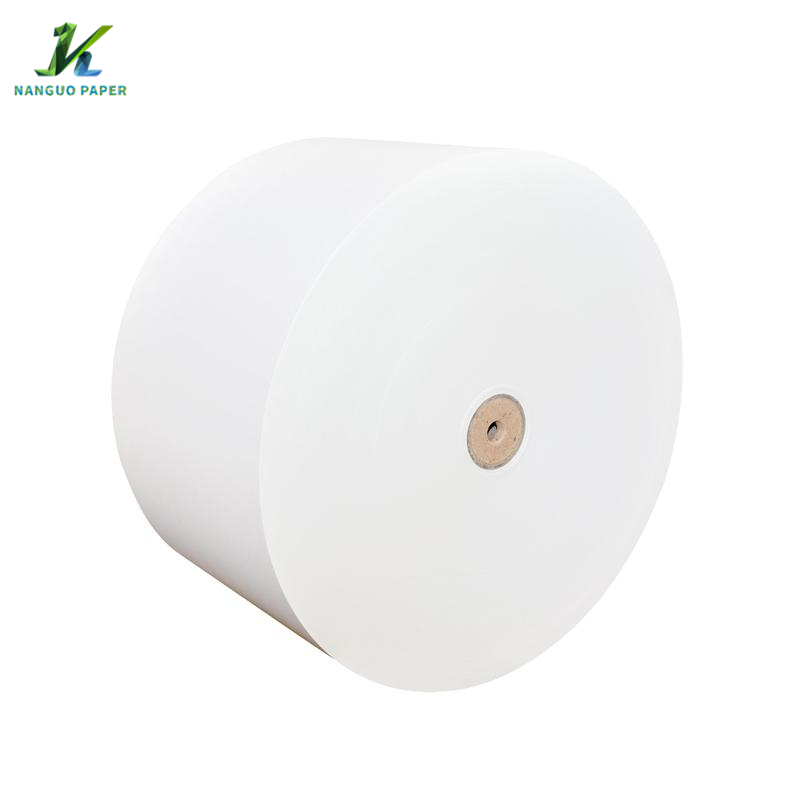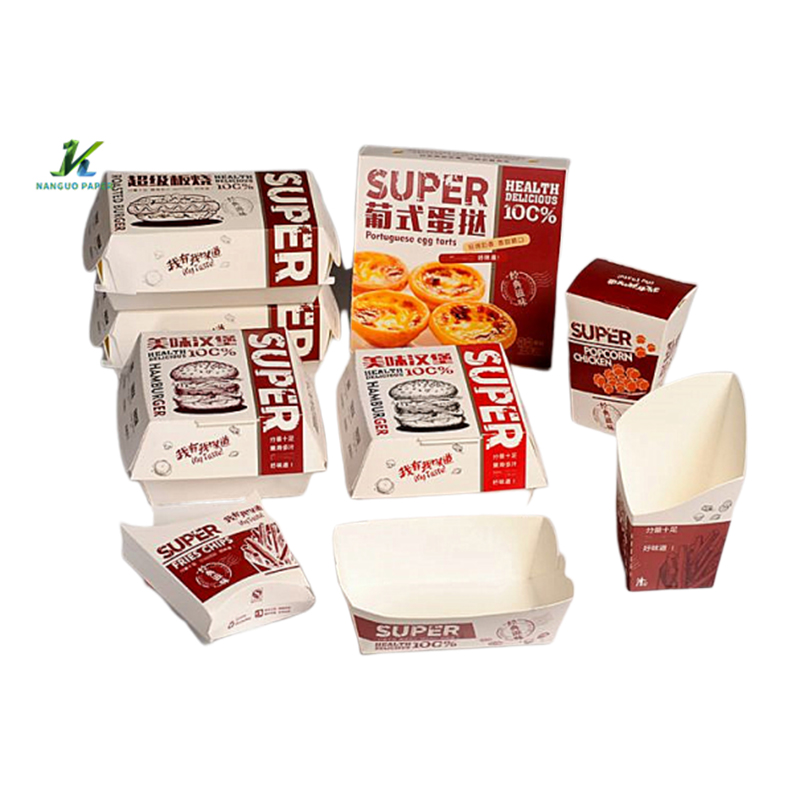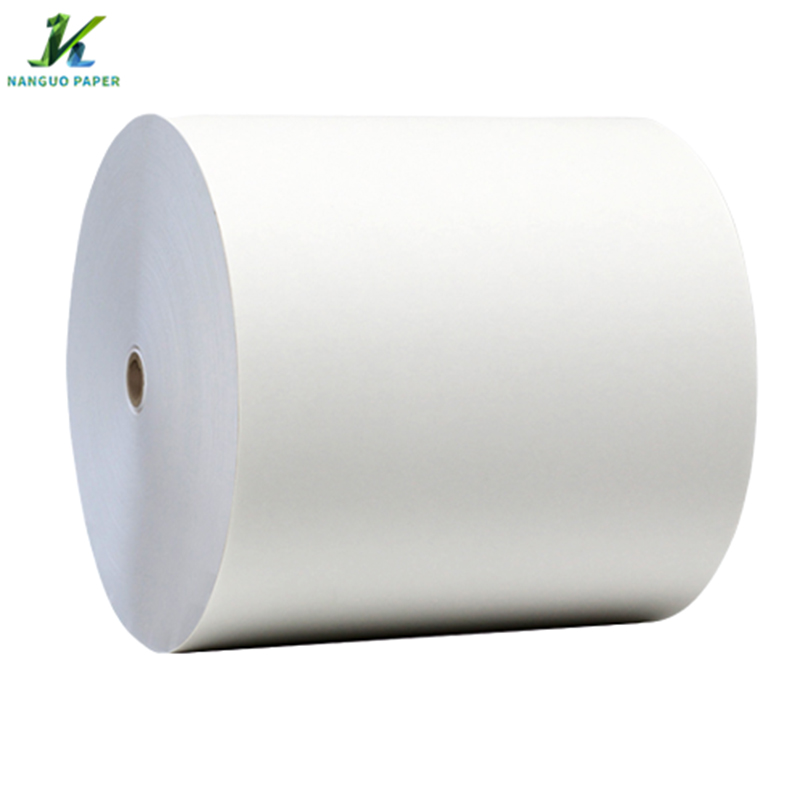Eco Friendly Airtight Packaging - China Manufacturers, Suppliers, Factory
Taking notebooks as an example, thin paper can not only meet the needs of writing on the inner pages, but also provide a comfortable feel and a good writing experience. For the cover of the notebook, we can use thicker sugar cane paper to increase its texture and durability. This diverse selection of weights enables our sugarcane pulp paper notebooks to meet the needs and preferences of different customers. Eco Friendly Airtight Packaging, Sustainable Sandwich Packaging , Sustainable Biodegradable Packaging , Biodegrabable Disposable Hamburger Box ,Eco Friendly Fruit Packaging . Highly renewable: The residue left over from the sugarcane pulp paper manufacturing process can be used as biomass fuel, soil conditioner or fertilizer. This recycling method further improves the environmental protection of sugarcane pulp paper. In contrast, the production of wood pulp and bamboo pulp paper typically generates large amounts of waste and pollutants, negatively impacting the environment. The product will supply to all over the world, such as Europe, America, Australia,Bulgaria, Guinea,Palestine, New Zealand.Green packaging, also known as pollution-free packaging or environmentally friendly packaging, refers to packaging materials that are harmless to the ecological environment and human health, and are reusable, renewable and sustainable. The concept of green packaging is reflected in two aspects: protecting the environment and saving resources. The two are complementary and inseparable. Among them, protecting the environment is the core, and saving resources is closely related to protecting the environment, because saving resources can reduce the generation of waste, which actually protects the environment from the source. From a technical point of view, green packaging is an environmentally friendly packaging material made from natural plants. It is harmless to the ecological environment and human health, and is conducive to recycling, easy to degrade, and sustainable development. This means that the entire life cycle of green packaging, from raw material selection, product manufacturing to use and disposal, must comply with ecological and environmental protection requirements. To achieve green packaging, we need to start from three aspects: green packaging materials, packaging design and vigorously developing the green packaging industry. For example, paper made from bagasse meets environmental requirements. Bagasse paper can also meet the requirements that packaging on the market needs to meet. Bagasse paper can be widely used in sustainable packaging industry, printing industry and office supplies industry. For example, using sugarcane bagasse paper for food packaging can not only ensure food safety and hygiene, but also reduce the negative impact on the environment. In the printing industry, using bagasse paper to produce books, magazines and other products not only brings a good reading experience, but also reduces dependence on forest resources. In addition, the office supplies industry can also use sugarcane pulp paper to make paper, such as notebooks, letters, and envelopes, thus contributing to a green office environment. In short, green packaging is a packaging method with the core concept of protecting the environment and saving resources. It requires the use of packaging materials made of natural plant raw materials to achieve sustainable development by complying with ecological and environmental protection requirements. In practice, green packaging materials such as bagasse paper have a wide range of applications and can provide environmentally friendly choices for the sustainable packaging industry, printing industry, office supplies industry, etc., and make positive contributions to building a green society.
Related Products



